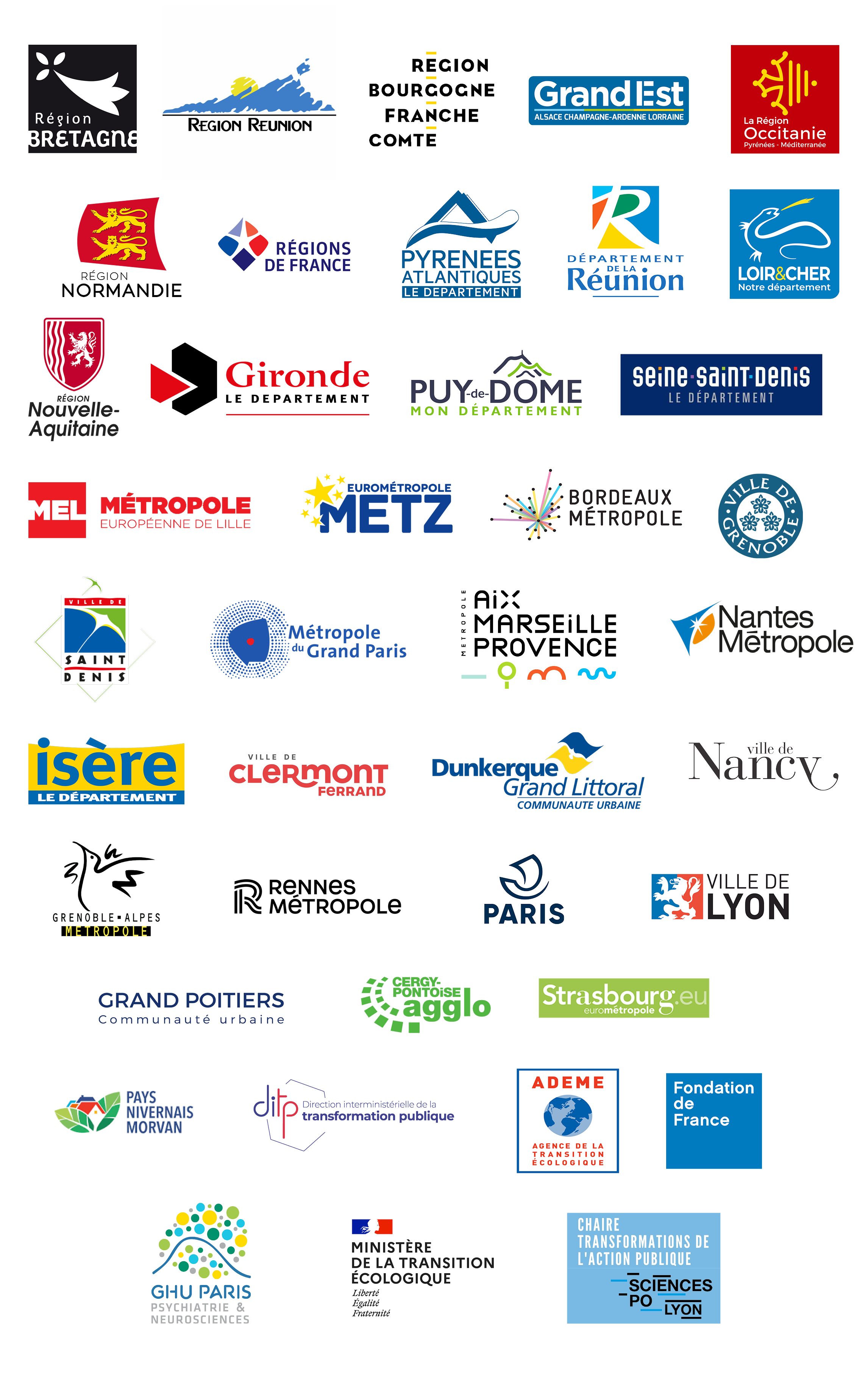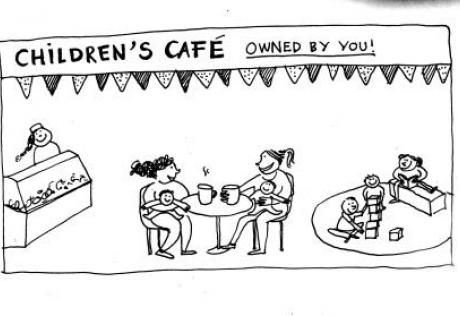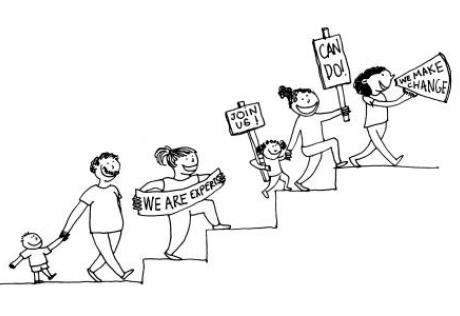Team
Institutions: Bradford – Heaton Children’s Centre Corby, Pen Green Children’s Centre Essex, One Plus One and Parent’s 1st social enterprises, Knowlsley Metropolitan Borough Council, London Borough of Barking and Dagenham Reading Borough Council.
Design: The Innovation Unit (Sarah Gillinson), the Nesta.
Challenge: testing the concept of «radical efficiency».
Transforming Early Years (TEY) is based on research, undertaken by the Innovation Unit and funded by NESTA, looking at Radical Efficiency. The Radical Efficiency concept was developed from observing the common principles that underpinned the success of 100 examples
from around the world of using innovation to achieve better outcomes at lower costs. The Innovation Unit and NESTA have created Transforming Early Years to test Radical Efficiency in practice, to explore whether :
1) Radical efficiency can be used to design services that achieve better outcomes for less budget that current services (the aim is for a 30% reduction in costs),
2) The tools and support developed through the programme can enable service providers to use radical efficiency to design better and cheaper services (including beyond Children’s services)
Process: supporting a selection of localities.
The programme was launched in 2010 with an event bringing together 50 people, from 27 localities, to introduce the type of thinking and activities that would underpin programme. Six localities were then selected, representing a diverse mix of areas politically, demographically and in size, to take part in the programme. All of these localities have dynamic leaders who are keen to effect real change in the services they offer. The Innovation Unit closely supported the six locality teams through a project journey, which translated the Radical Efficiency model into a sequence of activities. The initial phase supported localities to gain new perspectives on the challenges they face. Following this the localities worked to generate new service ideas, which they prototyped and are now starting to implement.
Results: a more virtuous model at lower cost.
The new model improves service provision in 3 ways : first, early intervention, from pregnancy to 3 months. Then, positive relationships between families, peer supporters and professionals. It’s also based on families choose : families are supported by people they choose, from their community, in places they feel comfortable. The new service ideas are predicted to reduce service costs by between 13% and 38% during the first year of implementation.





